22 years after Mahabharat- the TV series became a rage in India; renowned comic book writer Grant Morrison and artist Mukesh Singh in America have adapted our historical epic to the graphic novel form in one of their latest ventures, called 18 days.
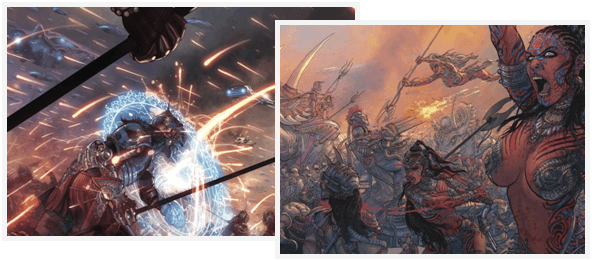
The thing that bothers me is that people in India still don’t look at comics as a serious literary form, only as an art form, and that too, mostly for children. Comic books are becoming more responsible; they can hold up a mirror to society and be a reflection of society as a whole. The question today is – Is it art that’s imitating life or is life imitating art? The Holocaust, Terrorist attacks of September 11th, Islamic Revolutions, unrequited love, sexual orientation of the youth: these hard-hitting topics are not what you would typically think of finding in a comic book. But these burning social and political issues are what brought a renaissance in the American comic book industry. Graphic novels like Maus, Persepolis, Blankets were some of the game changers.
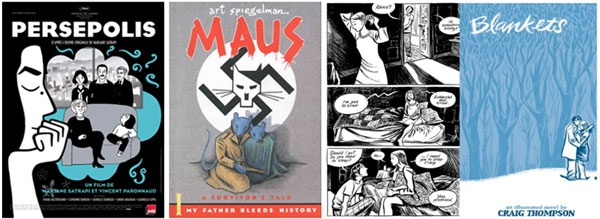
Graphic Novel vs Comics
Firstly, the essential question is that what sets graphic novels apart from comics. Fundamentally, they are not that different and most of the time it funnels down to what an individual refers to it as. I personally feel that a graphic novel is a complete story published all at once. Comics mostly refer to strips published on a daily or monthly basis in newspapers, popular magazines and over the internet. Again the design pattern of the former can be different from the latter. The story plot in a graphic novel is much more elaborate. Graphic novels in India show a lot of experimentation on socio-eco- political scenario in contemporary India. Different art forms have been introduced. But this entire process of a visual story telling goes way back to the 1940’s.
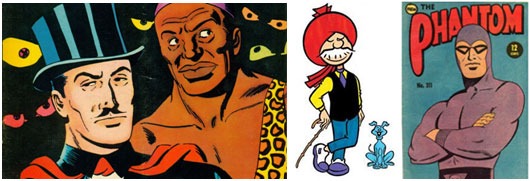
Evolution of Comics and Graphic Novels in India
Indian comics are more recent than American or Japanese comic industries, but are nevertheless almost 60 years old. In the past decade Amar chitra katha, Diamond and Raj comics made a comeback and have been able to sustain their readership. 2004 and 2008 saw the launch of Gotham and Virgin comics in India, which in a way paved the way for a whole new range of comics publishers and studios like Campfire, Vimanika, Level 10 and Holy Cow comics to name a few.
The earliest attempts of comics in India started with Chandamama which have been published since 1947.Most of its content was based on adaptations from Indian mythology. This was a trend that was later followed by Indian comics. Around the 1950’s, India saw syndicated comics like Phantom and Mandrake. In the 60’s came Amar Chitra Katha, bringing to us stories from Indian mythology and history. Home grown Indian superheroes came in during the 80’s. Advent of cable TV in India during the 90’s was a huge setback to Indian comics industry. This new medium of entertainment was more appealing to the masses. However, the industry made a comeback during 2001.
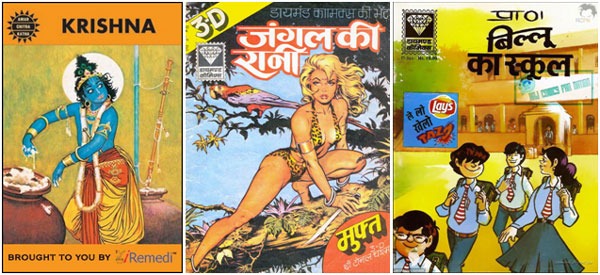
Unlike the US or Japan, where the demand for graphic novel is much higher, India is catching up faster than we think. The contemporary Indian society has become a major theme in Indian graphic novels. It is following on the footsteps of classic graphic novels like Persepolis by Marjane Satrapi and Blankets by Craig Thompson. It brings mature subject matters to Indian audiences.
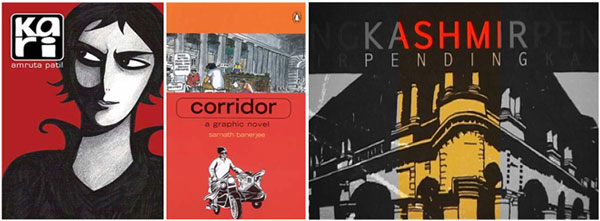
However there has been a recent trend of bridging the gap between Indian mythology and graphic novels, by giving mythological characters a 21st century facelift. This new style can be seen in the work of studios like Vimanika, Level 10 Comics, Holy Cow, Liquid Comics etc.
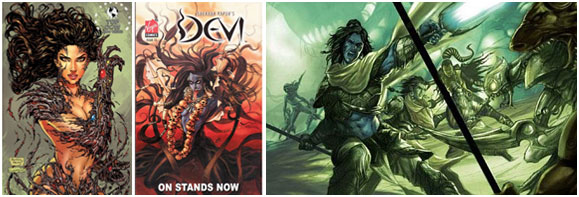
The trouble here is we don’t seem to recognize our own talent. Only when a foreign culture like USA recognizes a particular form of art or storytelling method does it get recognition in India. We don’t seem to trust our judgment when it comes to a new format. Graphic novels have numerous advantages and are thus perfect for the reading public. This particular art of text with illustrations gives a wholesome picture. Our mythological characters are larger than life, which makes the storytelling aspect easier.
The spark in Indian artists was intensified by the first of its kind Comic Book fair i.e. Comic Con held in Delhi in 2011. Host of Indian Comic book publishers and Studios put up stalls in this fair. Several workshops were also held. Comic Con in Mumbai saw the launch of works like Retrograde by Akshay Dhar, Sufi Comics, Batu Gaiden our homegrown Manga, Jungle Book by Campfire, 1951 by Mario Miranda.
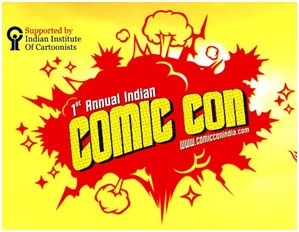
Article by: Sougata Mitra, Research & Development Team, MAAC

